Increased Defense Spending
The Aerospace and Defence MLCC Market is experiencing a notable surge in demand due to increased defense spending by various nations. Governments are prioritizing the modernization of their military capabilities, which includes the procurement of advanced electronic systems that rely heavily on multi-layer ceramic capacitors (MLCCs). For instance, the defense budgets of several countries have seen a rise of approximately 5-10% annually, reflecting a commitment to enhancing national security. This trend is likely to bolster the Aerospace and Defence MLCC Market, as MLCCs are integral components in radar systems, communication devices, and weaponry. The growing geopolitical tensions further amplify this demand, suggesting a robust future for MLCCs in defense applications.
Advancements in Aerospace Technology
The Aerospace and Defence MLCC Market is significantly influenced by advancements in aerospace technology. Innovations such as next-generation aircraft and satellite systems require high-performance electronic components, including MLCCs, to ensure reliability and efficiency. The aerospace sector is projected to grow at a compound annual growth rate (CAGR) of around 4-6%, driven by the need for fuel-efficient and environmentally friendly aircraft. As aerospace manufacturers increasingly adopt advanced materials and technologies, the demand for MLCCs is expected to rise correspondingly. This trend indicates a promising outlook for the Aerospace and Defence MLCC Market, as manufacturers seek to integrate more sophisticated electronic systems into their designs.
Emerging Markets and New Opportunities
The Aerospace and Defence MLCC Market is poised for growth as emerging markets present new opportunities for expansion. Countries with developing aerospace sectors are increasingly investing in their defense capabilities, leading to a heightened demand for MLCCs. For instance, nations in Asia and the Middle East are ramping up their military expenditures, which is likely to create a favorable environment for MLCC manufacturers. The expansion of commercial aviation in these regions also contributes to the demand for high-performance electronic components. This trend suggests that the Aerospace and Defence MLCC Market may experience a diversification of its customer base, as new players enter the market and existing companies seek to capitalize on these opportunities.
Increased Focus on Reliability and Safety
The Aerospace and Defence MLCC Market is increasingly focused on reliability and safety, particularly in critical applications such as avionics and military systems. The rigorous standards and certifications required for aerospace components necessitate the use of high-quality MLCCs that can withstand extreme conditions. As safety regulations become more stringent, manufacturers are compelled to invest in advanced MLCC technologies that ensure performance under duress. This emphasis on reliability is expected to propel the Aerospace and Defence MLCC Market forward, as companies seek to meet the demands of both regulatory bodies and consumers. The potential for failure in aerospace applications underscores the importance of dependable electronic components, further solidifying the role of MLCCs.
Growing Demand for Miniaturized Electronics
The Aerospace and Defence MLCC Market is witnessing a growing demand for miniaturized electronics, which is reshaping the landscape of electronic components. As devices become smaller and more compact, the need for high-capacity MLCCs that can fit into limited spaces is becoming paramount. The trend towards miniaturization is particularly evident in unmanned aerial vehicles (UAVs) and advanced avionics systems, where space constraints are critical. The market for miniaturized electronics is expected to expand at a CAGR of approximately 7-9%, indicating a strong correlation with the Aerospace and Defence MLCC Market. This demand for smaller, more efficient components is likely to drive innovation and development within the MLCC sector.


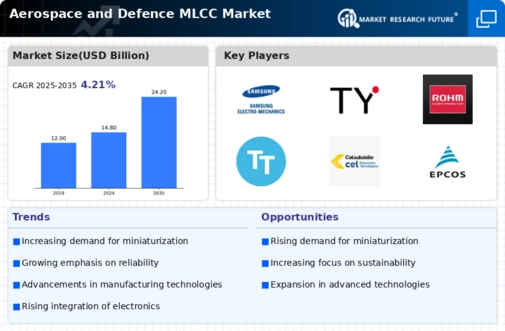
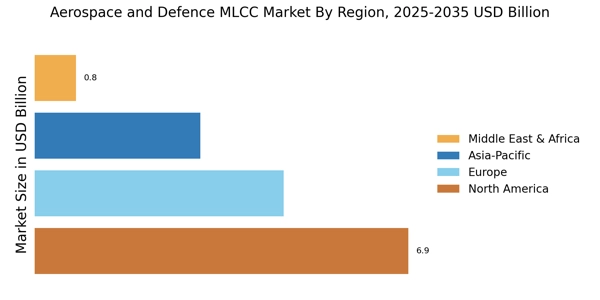

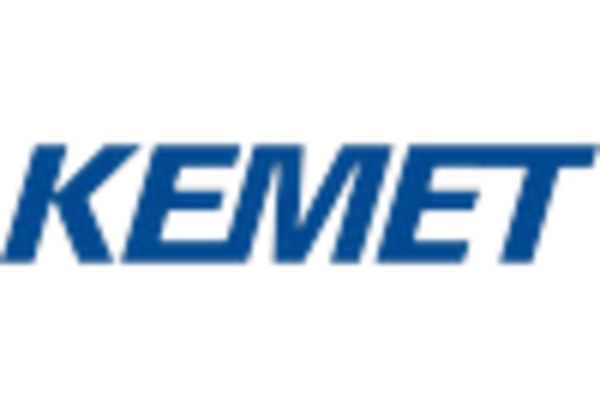

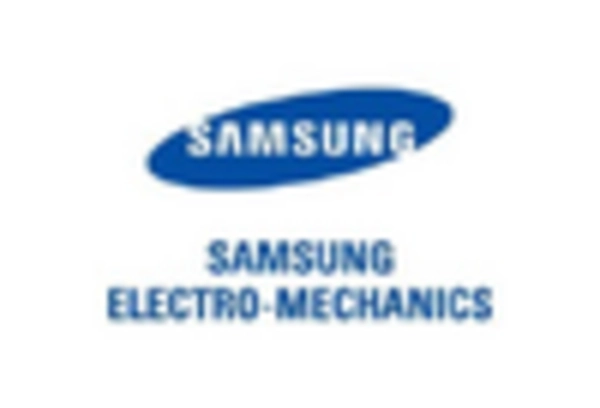

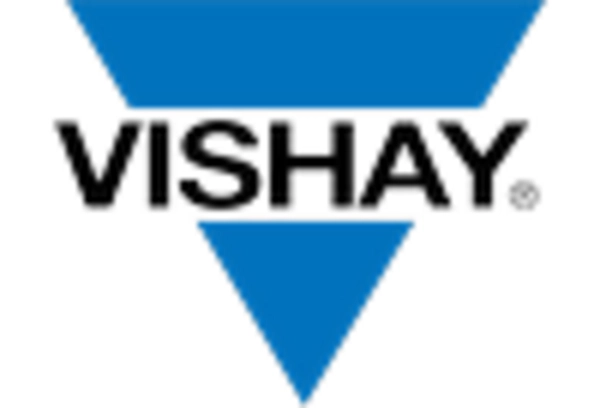








Leave a Comment